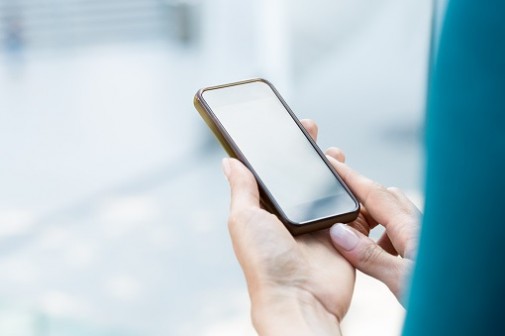This iPhone feature could save your life

As many iPhone users rushed to download the latest iOS software update, they may have overlooked a life-saving feature already on their device.
Released on Sept. 17, 2014, the iOS 8 iPhone update brought features such as an improved predictive typing, iCloud Drive access and a redesigned Notification Center.
Many people disregard Health, an application which offers a place for users to keep track of things like nutrition, sleep and body measurements. The Health app also comes with Medical ID, a built-in emergency information storage space that just might save a person’s life.
In the Medical ID feature, iPhone users can store a multitude of data that can help paramedics and emergency room personnel make important decisions about an individual’s immediate care. The information includes:
- Birth date
- Medical conditions
- Allergies and reactions
- Medications
- Emergency contacts
- Blood type
- Organ donor specification
- Height and weight
“Oftentimes, when people come into the emergency department, they are unresponsive,” says Thomas Giusto, a registered nurse in the emergency department at Advocate Christ Medical Center in Oak Lawn, Ill. “We don’t know anything about them. Gaining this crucial information through the Health app would allow us to know what to hone in on when treating a patient.”
iPhone users can enter their personal data into Medical ID by accessing the Health application. Once entered, the information can be viewed by clicking the Emergency button on the lock screen. If there isn’t a passcode and lock screen set up on the phone, Medical ID can be opened by once again clicking the Health application.
Giusto says that while many individuals may not know about the feature, he highly recommends they set it up as soon as possible for those cases of emergency.
“If we don’t know these kinds of things about a patient, we use critical thinking to rule out the most urgent and time-sensitive things first,” says Giusto, who says the information that can be input into Medical ID is especially useful when treating someone with diabetes or a specific health issue. “Then we have to use our best judgment.”
When emergency personnel are unable to communicate with an individual, the job of providing the best care can be more difficult.
“You never know if you’ll be in a situation in which someone may need that information from you and you are unable to provide it yourself,” he adds.
For those without iPhones, Giusto recommends wearing a medical bracelet or tags to provide emergency personnel with vital health information.
Related Posts
Comments
About the Author
Holly Brenza, health enews contributor, is a public affairs coordinator on the content team at Advocate Health Care and Aurora Health Care. She is a graduate of the University of Illinois at Chicago.

















